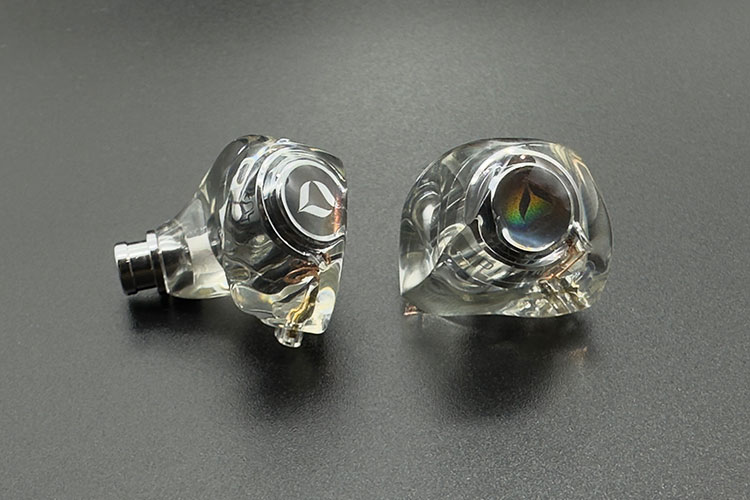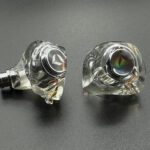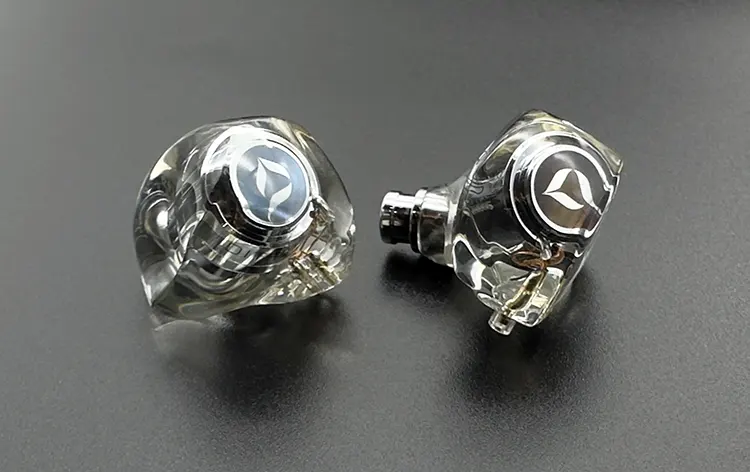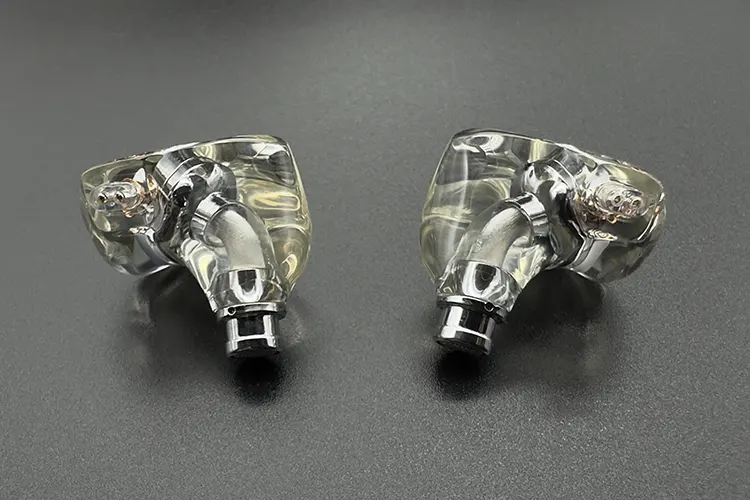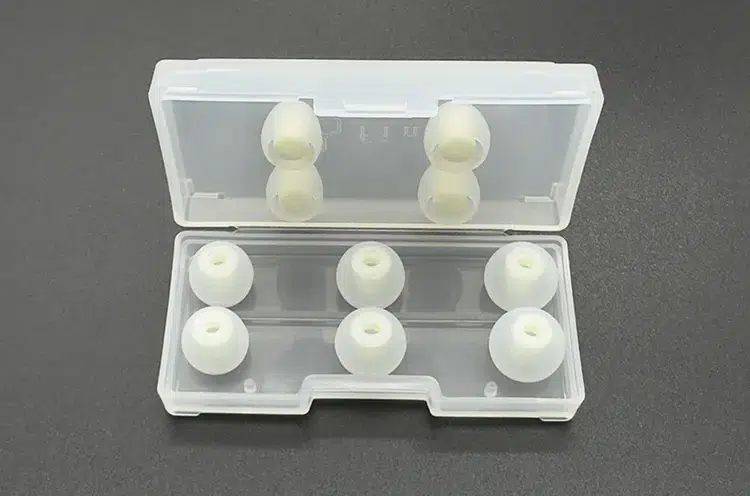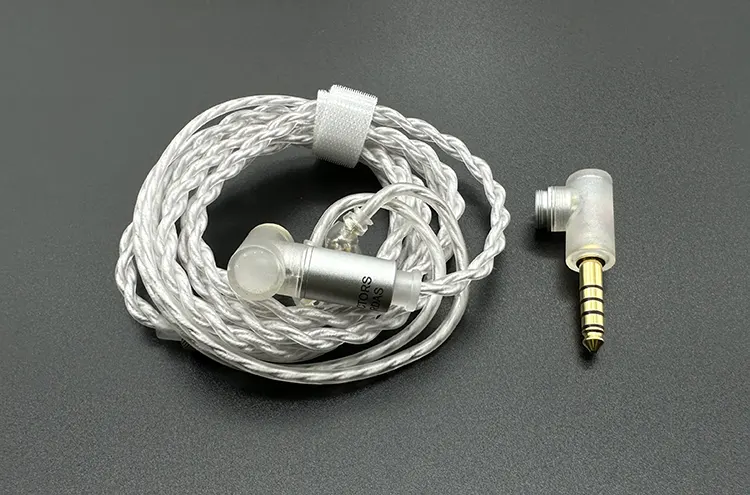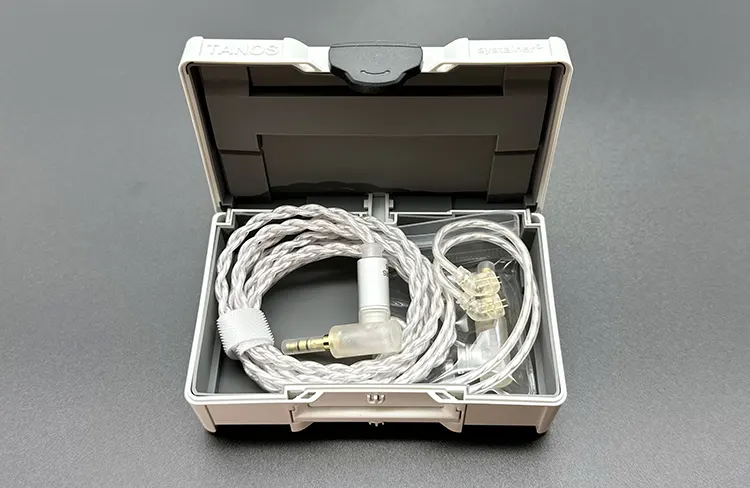In this feature, Nihal reviews the DITA Audio Project M, which is a new hybrid PM1+ dynamic and BA driver IEM finished with a fresh resin design. It is priced at $325.
Disclaimer: This sample unit was sent to me in exchange for my honest opinion. Headfonics is an independent website with no affiliate links or services. I thank the team at Dita Audio for their support.
Click here to read more about DITA Audio products we previously covered on Headfonics.
Note that this article follows our current scoring guidelines which you can read in more detail here.
DITA Audio, headquartered in Singapore, has a long-standing reputation for producing high-quality IEMs going way back to the Truth, which we reviewed in 2015.
Among their other notable releases is the DITA Perpetua, a single dynamic driver IEM, which has garnered significant acclaim within the audiophile community.
Project M from DITA has been eagerly awaited, primarily because its $325 price point targets a more budget-friendly segment compared to the brand’s usual high-priced IEMs.
Despite its minimal driver configuration, Project M features some decent technical implementations, making it a unique offering. Let’s dive deeper to explore what the new Project M brings to the table.
Features
The Project M features DITA’s in-house customized PM1+ 9.8mm dynamic driver and a Knowles balanced armature driver. DITA developed this dynamic driver specifically for Project M.
The PM1+ is the driving force behind Project M’s sound, shaping its texture and characteristics. This driver delivers a full-range audio experience with good clarity, speed, and punchy bass.
Both the DD and BA drivers are housed in highly optimized stainless-steel chambers. This enables a more rigid structure, and the metal body gives a better tone and resonance.
Project M’s sound is delivered through a custom-molded transfer tube that ends in an aluminum nozzle.
Design
For the first time, DITA has developed a resin-based hybrid IEM, featuring a unique shell design that stands out from typical resin models. At first glance, it appears to be made of glass.
The structure is solid and rigid, with a crystal-clear prism-like form that exudes strength and durability. Similar to a prism, it scatters light beautifully.
The transparent shells reveal the internal components, adding to the IEM’s raw yet beautiful aesthetic.
A logo on top of the internal driver housing shines in multiple colors, depending on the angle of the light. The ergonomic design is a key focus, as evident by the shell shape, which is inspired by custom designs.
Comfort & Isolation
Project M excels in ergonomics with its unique IEM design. Unlike the typical shapes of IEM shells, Project M features a distinct yet thoughtfully crafted design. This design minimizes pressure by reducing contact with the ear, enhancing comfort for extended use.
To enhance the design, the corners of the shells are expertly finished, eliminating any sharp edges or pressure points. The shells are lightweight, further contributing to their comfort. I find these IEMs ideal for extended use.
The fit is nearly flush, with the IEMs protruding slightly from the ear but not enough to appear as though they are hanging. While on the move, these IEMs remain securely in place and do not fall out or become loose.
The IEMs are quite good at blocking outside noise and have a good isolation factor owing to their nice and snug fit.
Each shell has a vent to relieve pressure buildup when using the IEM, enhancing the comfort factor. Additionally, I haven’t experienced any instances of driver flex with these IEMs.
Ear Tips
Completing the Project M accessory lineup are Final’s ear tips, which are available in five different sizes: SS, S, M, L, and LL. These ear tips come with Final Audio’s carry case for convenient storage and use.
Under normal lighting, the ear tips appear white and translucent, while under low light, they glow in a fluorescent green color. When used in the dark, this gives a nice touch to the aesthetic. Currently, these luminous ear tips are exclusively available with Project M.
Fit-wise, these ear tips give a good seal. The bass impact on the IEM is best felt on these ear tips. For me, the size M works quite well. The narrower bore keeps away some of the upper frequencies, keeping the treble profile quite controlled.
Stock Cable
Project M is paired with another custom-designed cable from DITA Audio, known as the MOCCA cable. The cable utilizes Cardas Grade-One copper conductors. Cardas, a well-known name in the HiFi industry, is celebrated for the clarity, sound staging, dynamics, and conductivity of their conductors.
The cable consists of 16 strands of Cardas conductors per cable, twisted according to DITA’s specifications, and encased in a flexible PVC outer layer.
This cable is also equipped with DITA’s APV2 (Awesome Plug Version 2), ensuring Project M is future-proof and ready for the modern listener’s ever-evolving setup.
The cable is modular and comes with 4.4mm balanced and 3.5mm single-ended connecting plugs. I appreciate how the adapters use a screw-like mechanism for plugging and unplugging, providing a secure and reliable connection.
In terms of looks, the cable has a nice white-pearly finish with a smooth sleeve. The cable is quite flexible and very lightweight. It is quite easy to roll up the cable for storage.
Packaging & Accessories
Project M is packaged with great care and attention to detail. The slim, lightweight box features an elegant minimalist aesthetic.
The unboxing experience is nothing less than premium. The walls of the box are notably thick with a small DITA Audio logo on the top of this black box.
Upon opening the box, one is greeted with the IEMs, a carry case, and a pack of ear tips, all of which fit in different cutouts. Inside, the sturdy foam provides robust protection for the accessories, ensuring they remain secure and intact.
Carry Case
Project M comes with a Tanos branded systainer for a carrying case. This small systainer, designed by Tanos for DITA, fits perfectly in the palm of your hand or your pocket. The case is quite lightweight, too. Priced at $24.80, this case will also be included in future entry-level releases by DITA Audio.
The case features removable, custom-molded silicone inserts for extra protection. There is just enough space, so the cable and the IEM have to be carefully rolled to fit inside. I would have liked the case to have a little more space to accommodate the IEM easily.
This case is robust and durable, designed to protect its valuable contents effectively. Additionally, the lock mechanism is intriguing and provides extra security against accidental openings.
Sound Impressions
The following sound impressions of the DITA Audio Project M were completed using a mixture of my main source, Lotoo’s Paw Gold Touch, and occasionally the EarMen Angel DAC/amp. I paired the IEMs with stock cable and the stock ear tips, size M.
Summary
The DITA Audio Project M offers a near-neutral tonality. Its sound is impressively transparent and free from any coloration. There’s just enough warmth to keep the audio engaging without becoming overly analytical.
This balance creates an excellent mix of musicality and analytical precision. The technical aspect of the IEM is quite decent, which makes it a decent package altogether.
Bass
The bass on Project M is primarily sub-bass focused, with a well-balanced mid-bass presence.
The sub-bass offers a decent impact and goes quite deep, while the mid-bass is more restrained, providing a slightly subdued impact. This may leave bass enthusiasts craving deeper, more resonant bass unsatisfied.
One of the strengths of Project M’s bass is its quality. It delivers a decent texture and layering, allowing basslines from various instruments to be distinctly heard.
The bass is tight and has a precise definition to its body. Importantly, the bass stays well-contained, not intruding into the higher frequency ranges.
Midrange
The midrange on Project M is transparent and clean. The bass region does not interfere, allowing the midrange to maintain decent clarity and a natural timbre. However, the mids can feel lean or thin rather than lush and rich.
The lower mids, in particular, lack tonal weight and remain neutral. While vocals are textured well, they do not have a rich or weighted quality. The good part is that the level of detail and resolution in the midrange are quite impressive.
The upper mids are thinner in the body and tuned with some bite. Sometimes there are occurrences of sibilance. The midrange can do better when paired with a warmer source.
The pairing with Lotoo Paw Gold Touch adds a touch of warmth to the midrange. I do not find the midrange thin in this pairing.
Treble
Project M delivers impressive energy in the upper frequencies. The treble range offers excellent extension and detail, making it appealing for treble enthusiasts. There’s a substantial amount of air and sparkle, presenting details and effects beautifully.
The treble is tuned to provide clarity and a sense of openness. However, it occasionally exhibits a hint of sibilance, which some listeners might find sharp and uncomfortable.
With poorly recorded tracks, the treble can sometimes sound harsh. Choosing the right source can enhance the treble experience. For example, pairing it with the Lotoo Paw Gold Touch adds warmth and effectively controls the upper frequencies, making the treble quite enjoyable.
Staging & Dynamics
In terms of technical aspects, Project M does quite well. The soundstage has a good width and an even better depth. There is a sense of spaciousness, and the IEM gives an around-the-head feel, giving an immersive listening experience.
Project M stands out as one of the most detailed-sounding IEMs within its price range. Its resolution is quite decent, capturing an impressive amount of detail. Remarkably, this level of clarity is achieved with a minimal number of drivers.
Additionally, the IEM does quite well at handling the layering and separation of instruments. Even on busier tracks, each instrument has ample space to breathe, allowing the details to emerge clearly and vividly.
Click on page 2 below for my recommended pairings and selected comparisons.

